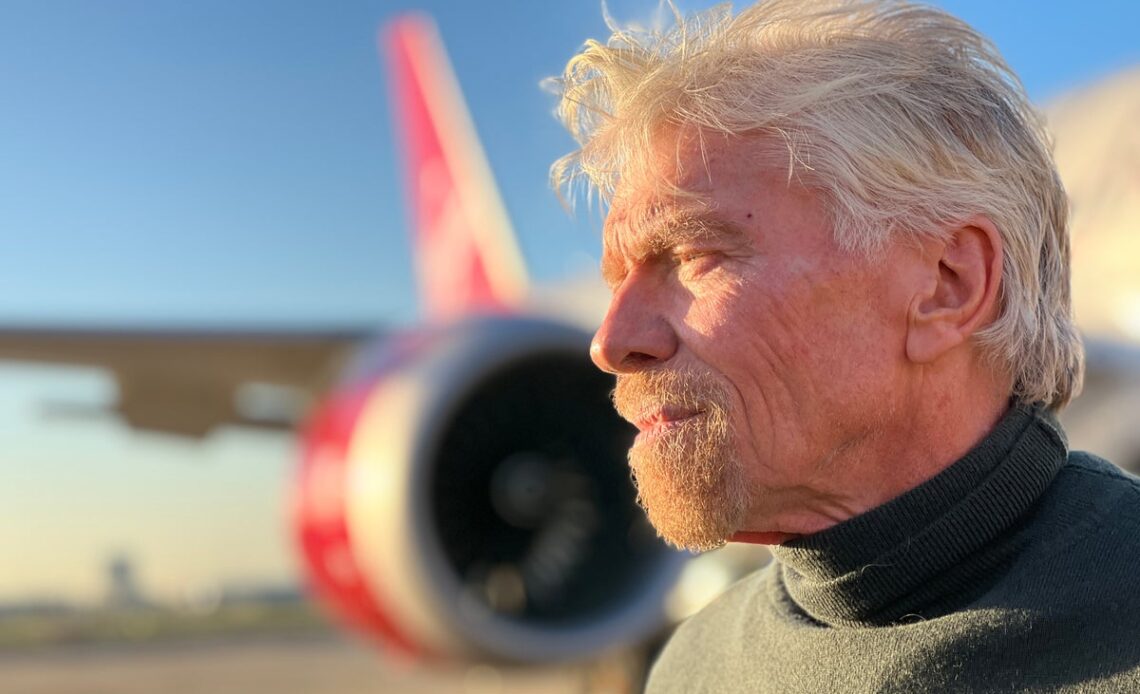The latest aviation innovation is under way. The first transatlantic passenger flight using only sustainable aviation fuel, or SAF, took off from London Heathrow airport, destination New York, shortly before 12 noon on Tuesday 28 November.
The Boeing 787, “Lucy in the Sky”, had to be specially certified by the aviation authorities in the UK, Ireland, Canada and the US, the nations it is flying over. No paying customers were on board – instead, around 100 invited guests made the 3,500-mile journey.
Ahead of departure, Virgin Atlantic’s chief executive, Shai Weiss, told The Independent:“This is a proof-of-concept of what can be done and what should be done.”
But environmentalists dispute some of the claims made for SAF, and say the only real solution to the impact of aviation on the planet is to reduce the amount of flying. These are the key questions and answers.
What’s the big idea?
The aviation industry says that sustainable aviation fuel, or SAF, can reduce overall emissions by 70 per cent – and the aim of this flight is to show that if the world gets to the point where it can make enough of SAF, there would be no need for oil-based fuel.
Unlike any previous transatlantic flight, this one used zero fossil fuel – instead flying mainly on a mix of recycled vegetable oil, animal fat and household waste.
The two Rolls-Royce engines are mainly fuelled by processed waste fats, known as HEFA (hydroprocessed esters and fatty acids). But 12 per cent of plant-based synthetic aromatic kerosene (SAK) is added to provide the necessary mix for the engines to function normally.
Send off: Sir Richard Branson and the Virgin Atlantic team at Heathrow before departure
(Simon Calder)
So zero emissions?
Far from it. The amount of fuel burnt (about 45 tons) and carbon dioxide generated by the seven-hour Virgin Atlantic Flight 100 is exactly the same as if normal Jet A1 kerosene had been used.
The difference is: over the lifecycle of the fuel, the net amount of greenhouse gases generated is much lower. For example, by converting household waste to SAF, it won’t end up generating methane as landfill.
Another example is with plant-based fuel: while those plants are growing, they absorb CO2 from the atmosphere – and then, when burnt an aircraft engine, they release it back.
Which, says the aviation industry, is a pretty good example of moving…
Click Here to Read the Full Original Article at The Independent Travel…
